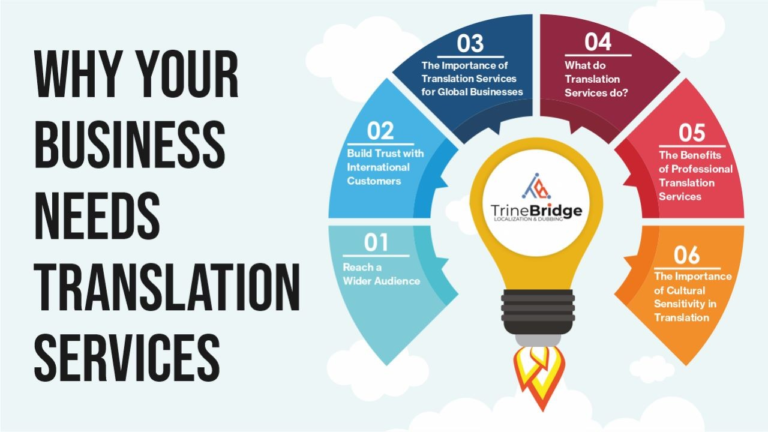Sustainable Labels and Stickers for Your Brand – What are the Options?


In today’s increasingly conscious consumer market, sustainability has become a crucial aspect of branding. Brands are now actively seeking eco-friendly options for their packaging and labeling materials. Labels and stickers play a significant role in effectively communicating a brand’s message while also reflecting its commitment to sustainability. So, what are the options available when it comes to sustainable labels and stickers? Let’s explore.
Contents
Understanding the Importance of Sustainable Labels and Stickers
Before diving into the different options, it’s essential to understand why eco friendly labels and stickers are important. Sustainability in branding goes beyond just reducing environmental impact. It also reflects a brand’s values and commitment to social responsibility. Consumers today are increasingly aware and educated about the detrimental effects of traditional packaging materials. They are actively seeking brands that align with their values, making sustainability a key factor in their purchasing decisions.
When it comes to sustainable labels and stickers, there is a multitude of reasons why they are crucial in today’s market. One of the primary roles of sustainability in branding is to showcase a brand’s dedication to preserving the environment and reducing its carbon footprint. By opting for sustainable labels and stickers, brands can effectively communicate their commitment to sustainability, which resonates with eco-conscious consumers. This not only builds trust and loyalty towards the brand but also attracts new customers who prioritize sustainability in their purchasing decisions.
The Role of Sustainability in Branding
Sustainability is a holistic approach that encompasses various aspects of a brand, including its packaging and labeling materials. By opting for sustainable labels and stickers, brands can showcase their commitment to preserving the environment and reducing their carbon footprint. This resonates with eco-conscious consumers and builds trust and loyalty towards the brand.
Moreover, sustainability in branding extends beyond the environmental aspect. It also reflects a brand’s social responsibility and ethical practices. Sustainable labels and stickers are often produced using fair trade practices and ethical sourcing of materials. This ensures that the production process does not exploit workers or harm communities. By choosing sustainable materials for labels and stickers, brands can align themselves with ethical standards and contribute positively to society.
Furthermore, sustainability in branding has a significant impact on a brand’s reputation and competitiveness. In today’s market, consumers are actively seeking out brands that prioritize sustainability. They are more likely to support and advocate for brands that demonstrate a genuine commitment to environmental and social responsibility. By incorporating sustainable labels and stickers into their branding strategy, brands can differentiate themselves from competitors and attract a growing segment of eco-conscious consumers.
Why Choose Sustainable Materials for Labels and Stickers
Sustainable materials offer several advantages over traditional ones. First and foremost, they minimize environmental impact. Sustainable labels and stickers are typically made from renewable resources, recycled materials, or biodegradable substances. By utilizing these materials, brands can contribute to resource conservation and waste reduction. This not only helps protect the environment but also reduces the carbon footprint associated with the production and disposal of packaging materials.
In addition to reducing environmental impact, sustainable labels and stickers also help brands comply with regulations and certifications related to environmental sustainability. Many industries have specific requirements and standards for packaging materials, and sustainable options often meet or exceed these criteria. By choosing sustainable materials for labels and stickers, brands can ensure that their products align with industry regulations and demonstrate their commitment to responsible business practices.
Furthermore, eco friendly sticker materials for labels and stickers can enhance the overall aesthetic appeal of a product. With advancements in sustainable packaging technology, brands have access to a wide range of visually appealing and high-quality materials. From recycled paper to plant-based adhesives, sustainable labels and stickers can be just as visually striking as their traditional counterparts, if not more. This allows brands to maintain a strong visual identity while also prioritizing sustainability.

Different Types of Sustainable Labels and Stickers
Now that we understand the importance of sustainable labels and stickers, let’s explore the different options available:
Sustainable labels and stickers play a crucial role in promoting eco-friendly practices and reducing the environmental impact of various industries. They not only provide essential information but also contribute to the overall sustainability goals of brands and businesses. Let’s dive deeper into the different types of sustainable labels and stickers:
Biodegradable Labels and Stickers
Biodegradable labels and stickers are designed to break down naturally over time. They are typically made from plant-based materials or compostable substrates. These materials decompose into organic matter, leaving behind minimal to no residue. The biodegradability of these labels and stickers ensures that they do not contribute to the ever-growing landfill problem. Brands that prioritize sustainability and want to minimize their environmental impact often opt for biodegradable labels and stickers. These eco-friendly options not only provide information but also offer end consumers sustainable disposal options.
Moreover, the use of biodegradable labels and stickers aligns with the principles of the circular economy. By choosing materials that can easily decompose, brands contribute to the natural cycle of resources, reducing waste and conserving energy.
Recycled Material Labels and Stickers
Recycled material labels and stickers are manufactured using post-consumer waste or post-industrial waste materials. These materials are collected, processed, and transformed into new labeling materials, reducing the demand for virgin resources. By opting for recycled material labels and stickers, brands actively participate in the circular economy and help reduce waste accumulation.
Not only do recycled material labels and stickers reduce the consumption of raw materials, but they also divert waste from landfills. By giving a second life to materials that would otherwise end up polluting the environment, brands showcase their commitment to sustainability and responsible production practices. Additionally, these labels and stickers maintain the same quality and functionality as those made from virgin materials, proving that sustainability does not compromise performance.
Plant-Based Labels and Stickers
Plant-based labels and stickers are made from renewable resources such as bamboo, sugarcane, or corn. These materials are biodegradable and have a lower environmental impact compared to petroleum-based alternatives. By utilizing plant-based materials, brands can significantly reduce their carbon footprint and dependence on fossil fuels.
Furthermore, plant-based labels and stickers offer a sustainable choice while maintaining high-quality standards. The use of renewable resources ensures that these labels and stickers are not only environmentally friendly but also durable and reliable. Brands that prioritize sustainability can confidently opt for plant-based labels and stickers, knowing that they are making a positive impact on the environment.
It is important to note that the availability and suitability of each type of sustainable label and sticker may vary depending on the specific application and industry. However, with the growing demand for eco-friendly alternatives, manufacturers are continuously innovating and expanding their range of sustainable labeling solutions.
The Process of Creating Sustainable Labels and Stickers
Creating sustainable labels and stickers involves various considerations to ensure their effectiveness and eco-friendliness:
Designing for Sustainability
When designing labels and stickers, it’s crucial to consider sustainability aspects from the start. This includes choosing minimalistic designs, utilizing eco-friendly inks, and optimizing the use of materials to reduce waste. Designing for sustainability ensures the longevity and effectiveness of the labeling solution.
Production and Manufacturing Considerations
The production process plays a vital role in achieving sustainable labels and stickers. This involves using energy-efficient equipment, implementing recycling and waste management systems, and sourcing materials from sustainable suppliers. By addressing these considerations, brands can ensure their labels and stickers are truly sustainable from production to end-use.
Conclusion
In conclusion, sustainable labels and stickers are essential elements of eco-friendly branding. By choosing sustainable materials, brands can align themselves with consumers’ values, reduce their environmental impact, and foster customer loyalty. Understanding the various options available, the importance of sustainability in branding, and the future developments in the field empowers brands to make informed choices that contribute to building a more sustainable future.
Also Read: Unveiling the Land Rover Discovery Sport: A Versatile SUV





